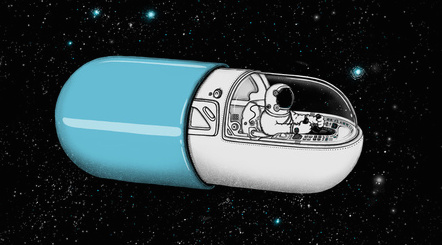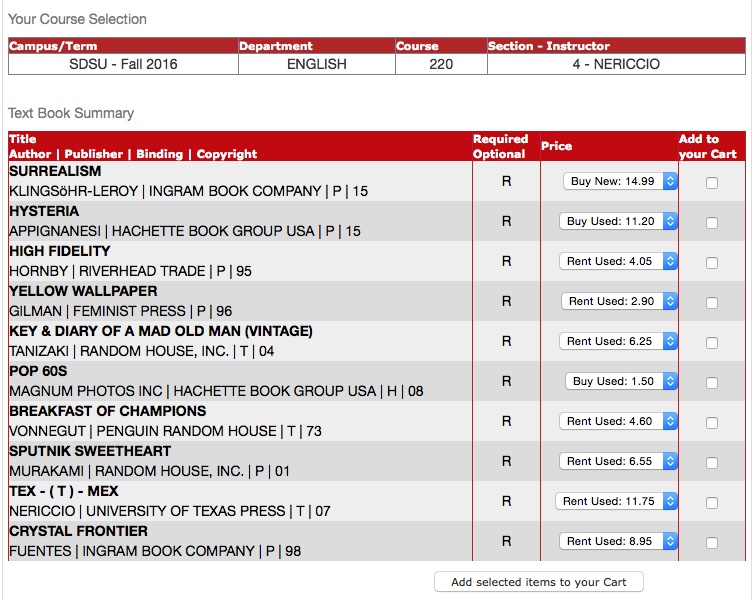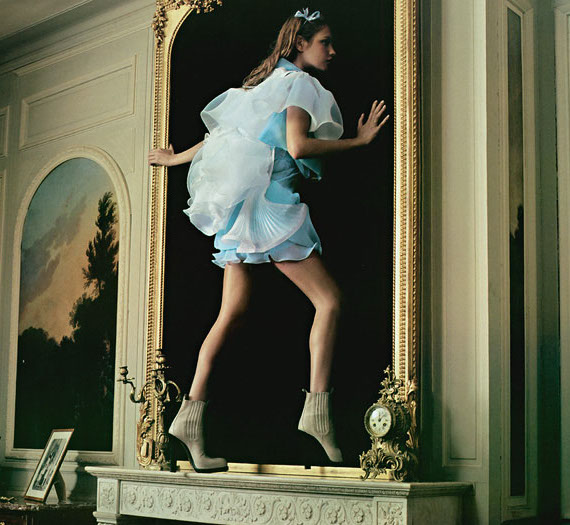English 220 | Department of English & Comparative Literature | SDSU
Sex, Drugs, & Rock'n'Roll in
Literature, Art, Film, & the Web
Dr. William Nericcio (with Dr. Eric Smigel)
 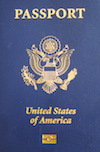 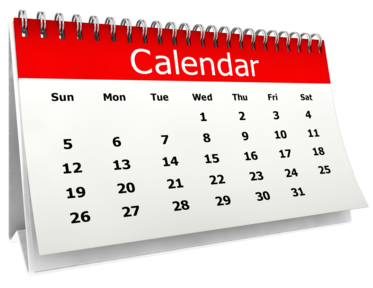     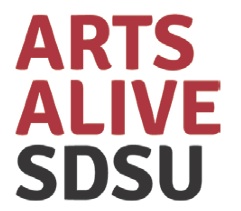
  |
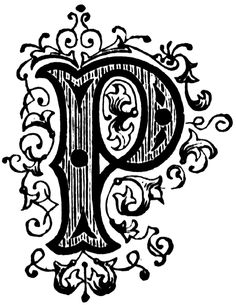 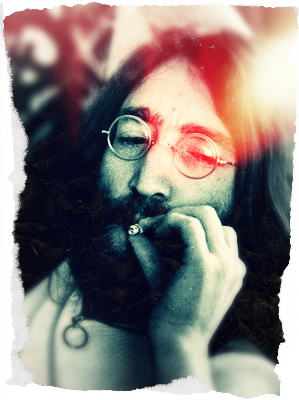 sychedelic--at once the word conjures
images of the Beatles getting high on their Magic
Mystery Tour, Jim Morrison tripping out on some mad
combination of booze, narcotics, poetry and sex, or
Andy Warhol, the mad eccentric artist, dropping
Adderal like candy and manufacturing paintings
at his infamous Factory. sychedelic--at once the word conjures
images of the Beatles getting high on their Magic
Mystery Tour, Jim Morrison tripping out on some mad
combination of booze, narcotics, poetry and sex, or
Andy Warhol, the mad eccentric artist, dropping
Adderal like candy and manufacturing paintings
at his infamous Factory. But before we get carried away with all that, it behooves us to consider the root of the concept as the psychedelic predates the wild times of the 1960s. The DNA of the term psychedlic comes from the Greek word Psyche--or as the Oxford English Dictionary has it: PSYCHE: a borrowing from Greek. Etymons: Greek ψυχή, Latin Psyche. < ancient Greek ψυχή breath, life (identified with or indicated by the breath), the animating principle in man and other living beings, the source of all vital activities, rational or irrational, the soul or spirit (as distinct from its material vehicle, the body, σῶμα ). Equally important, Psyche was a greek goddess of the Soul--oft-times paired with Eros (known by the Romans, and us, as Cupid). 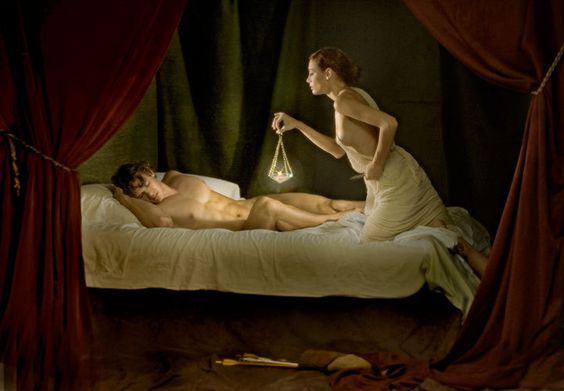 Fueled by these two distinct yet overlapping word origins, our class, inspired by both Psyche and the Psychedelic, will move back and forth though the centuries exploring manifestations and metamorphoses of the human psyche in literature, film, art, photography, and the web. We will find that the concept of the psychedelic appears throughout literary and cinematic history, and that the "animating principle in man" never ceases to be a source of inspiration for writers and artists alike as they mirror the twisted contours of their consciousness in their remarkable written and drawn artifacts. 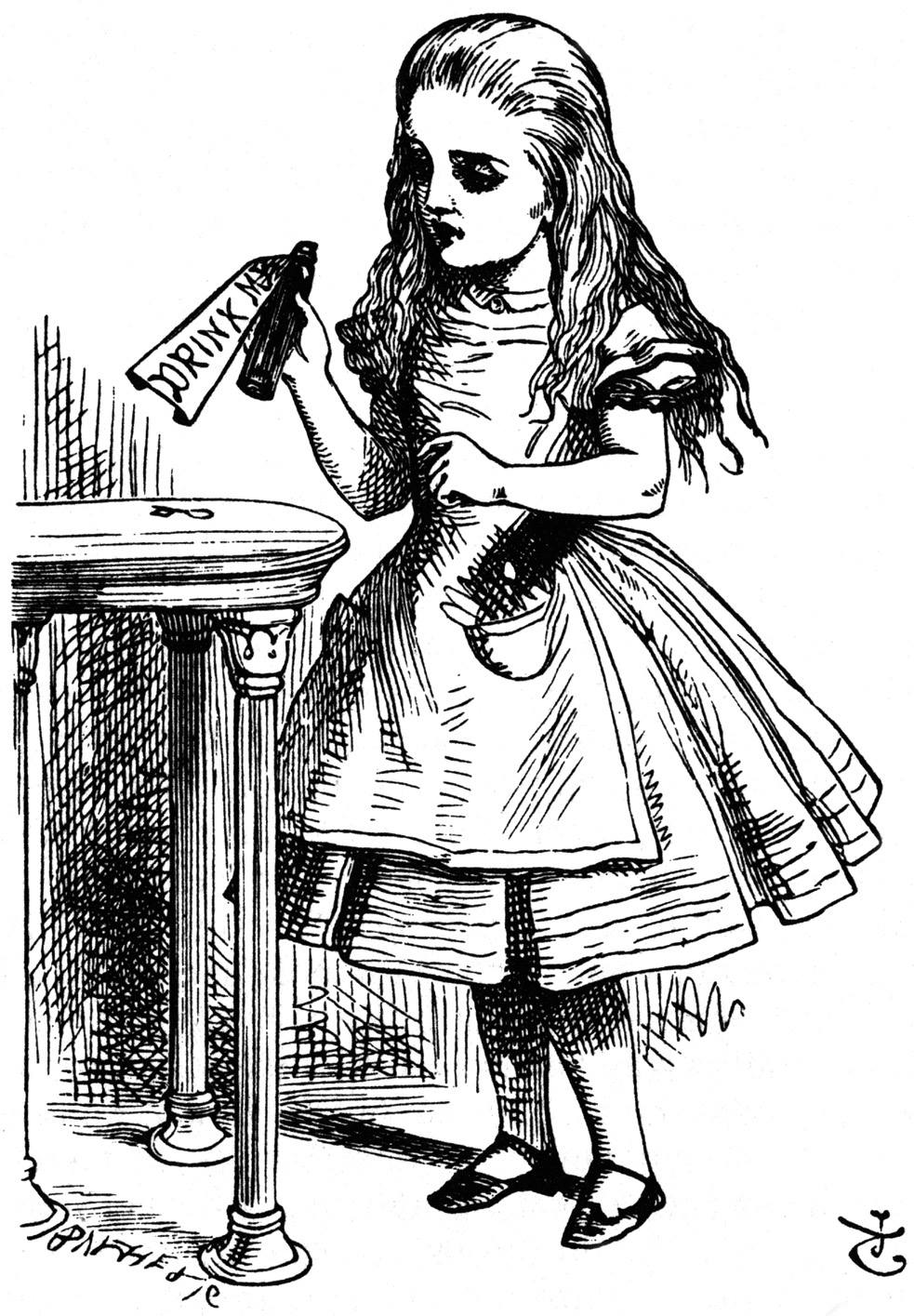 The reading list is still in flux but
will likely include Vonnegut's Breakfast of
Champions, Charlotte Perkins Gilman's "The
Yellow Wallpaper," Richard Appignanesi and Oscar
Zarate's new Hysteria book in the "Graphic
Freud" series, Nick Hornby's High Fidelity,
Junichiro Tanizaki's The Key, and more to be
determined. Film and television too will fill our
semester as we sample the dazzling cinematic
hallucinations of Michelangelo Antonioni (Blow-Up),
Vince Gilligan (Breaking Bad), Orson Welles (Touch
of Evil), and Matthew Weiner (Mad Men). The reading list is still in flux but
will likely include Vonnegut's Breakfast of
Champions, Charlotte Perkins Gilman's "The
Yellow Wallpaper," Richard Appignanesi and Oscar
Zarate's new Hysteria book in the "Graphic
Freud" series, Nick Hornby's High Fidelity,
Junichiro Tanizaki's The Key, and more to be
determined. Film and television too will fill our
semester as we sample the dazzling cinematic
hallucinations of Michelangelo Antonioni (Blow-Up),
Vince Gilligan (Breaking Bad), Orson Welles (Touch
of Evil), and Matthew Weiner (Mad Men).Please do note that our special section of Engl 220: Introduction to Literature is part of the SDSU Arts Alive Program--our class of 300 students will meet together several times during the semester with the rowdy 200 students in a General Education music course. For this experimental course, I am partnering with Prof. Eric Smigel of the School of Music & Dance who will be delivering a concurrent section of MUSIC 351: Psychedelic Rock of the 1960s that focuses on countercultural American music & culture. Five times during the semester, the two classes will fuse and become one so students enrolled in both courses will have an opportunity to engage the material from a broader perspective. In other words, students in Prof. Smigel’s music class will explore ideas, theories, images, and more typically reserved for literary studies, while students in Prof. Nericcio’s English class will develop critical/cultural listening skills associated with a music course. 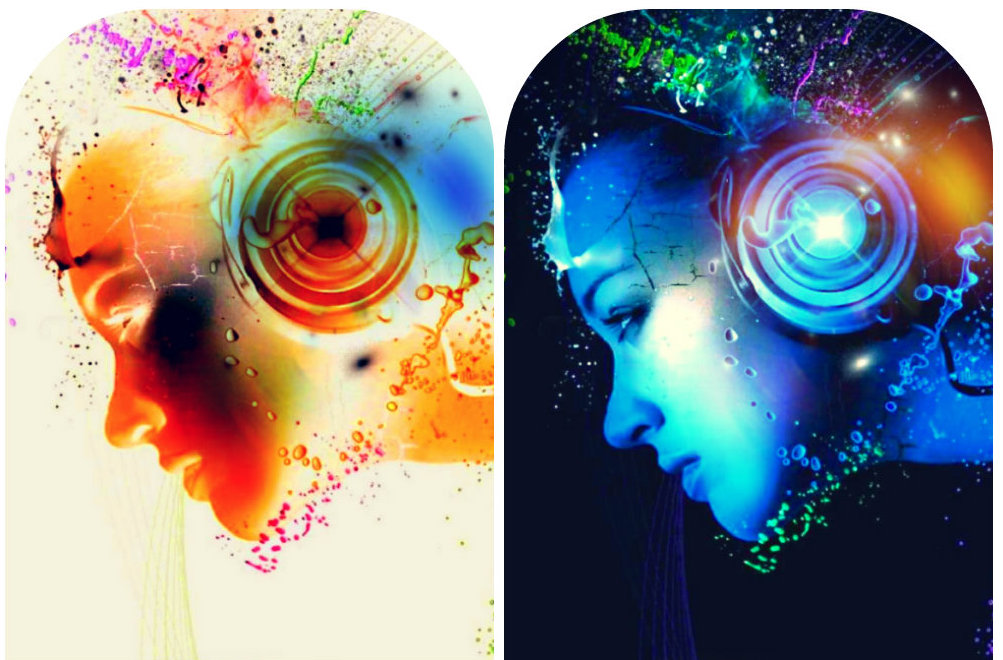 During the four combined meetings (September 8, September 29, November 3, and, in an evening class, on Wednesday, November 30) that will take place in the Don Powell Theatre on the SDSU campus, students will be responsible for the same reading and listening assignments. These have been specifically curated to highlight a common themes focused countercultural arts. The fourth joint meeting (December 8), which will take place in Montezuma Hall in the SDSU Student Center, will be a large-scale event open to the entire university community. Modeled after the famous “acid tests” of the 1960s, this culminating event will feature a multimedia collage of colored lights, film projections, poetry readings, and a live performance by a psychedelic rock band.  Before you go anywhere, be
sure to check out all the components associated with
this class including your Tumblr site,
Facebook
page, Instagram
hashtag, Psychedelic
Rules, Pinterest
site, and, perhaps most importantly, your day
to day calendar. Hang onto your hats, you
are in for a trippy ride! Before you go anywhere, be
sure to check out all the components associated with
this class including your Tumblr site,
Facebook
page, Instagram
hashtag, Psychedelic
Rules, Pinterest
site, and, perhaps most importantly, your day
to day calendar. Hang onto your hats, you
are in for a trippy ride! |
|
BOOKS
A
note about purchasing books in our
special, outrageous, and experimental
introduction to literature
class... You might be asking yourself,
"should I go ebook or old school
paper-book?" For the purposes of
this section of English 220, you MUST 'go
old school,' 'old gangster,' and buy or
rent the real thing: paper, ink, glue, and
all. And, though i don't care WHERE you
purchase/rent this medieval prehistoric
paper artifact, make sure it is the
edition they carry in the Aztec campus
bookstore! Why?
So
that we will all be on the same page
during discussions, in-class writing
assignments, quizzes, etc. Another
thing: I negotiated some cheaper prices on
books and these sale prices may only be
available at our campus bookstore (so if
you go and shop online for all your books,
you may lose out on a deal). You
may have heard we are living through the
age of the 'Death of the Book.' Don't buy
the hype. Just as a Biology 101 professor
might scoff at you if you walked into an
anatomy lab wanting to use your 'scalpel
app', or an archeology prof on a dig would
faint if you wanted to use your 'shovel
app,' it's the same thing here. Literature
is about books--paper, black ink, paste,
etc. As to whether you should rent
or buy--keep in mind that literature books
are NOT textbooks. They actually look
good on your shelves and tell the world a
lot about yourself--basically, they are an
intellectual mirror of your tastes, range,
and depth. That said, it is YOUR call. Book Purchasing Links #psychedelicmirrors Books via Powells! #psychedelicmirrors Books via Amazon!Note this link works better via CHROME and FIREFOX browsers--kind of buggy on Safari! 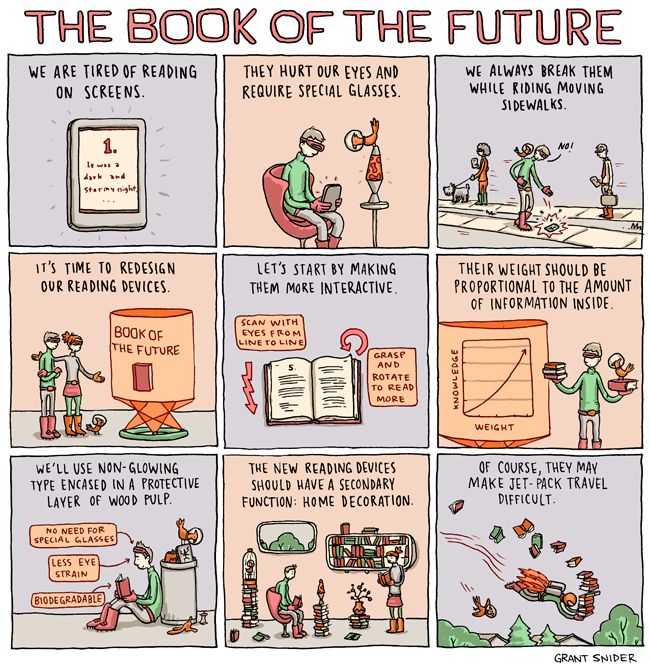 |
| FILMS/CINEMA {Screened FREE in Class} TOUCH OF EVIL orson welles, director, screenwriter 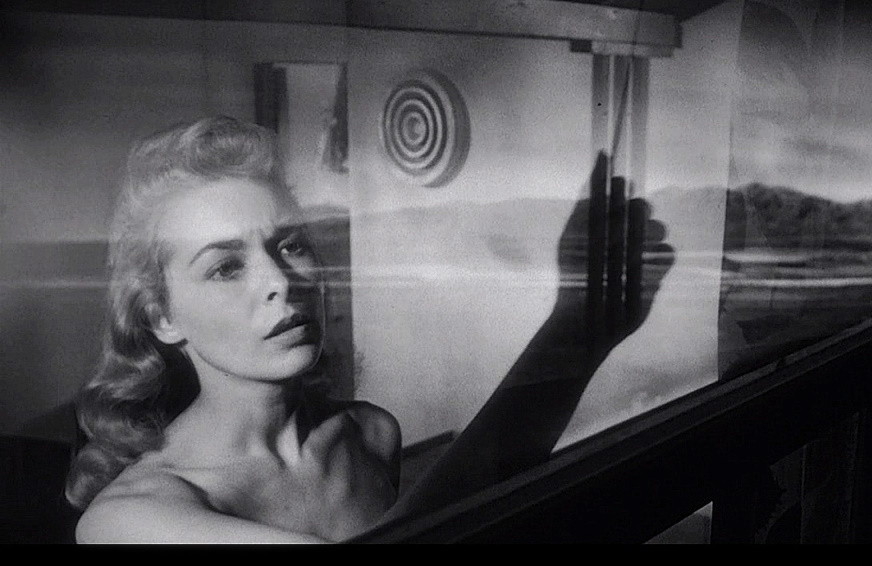 BLOW-UP michelangelo antonioni, director/screenwriter; julio cortázar, writer 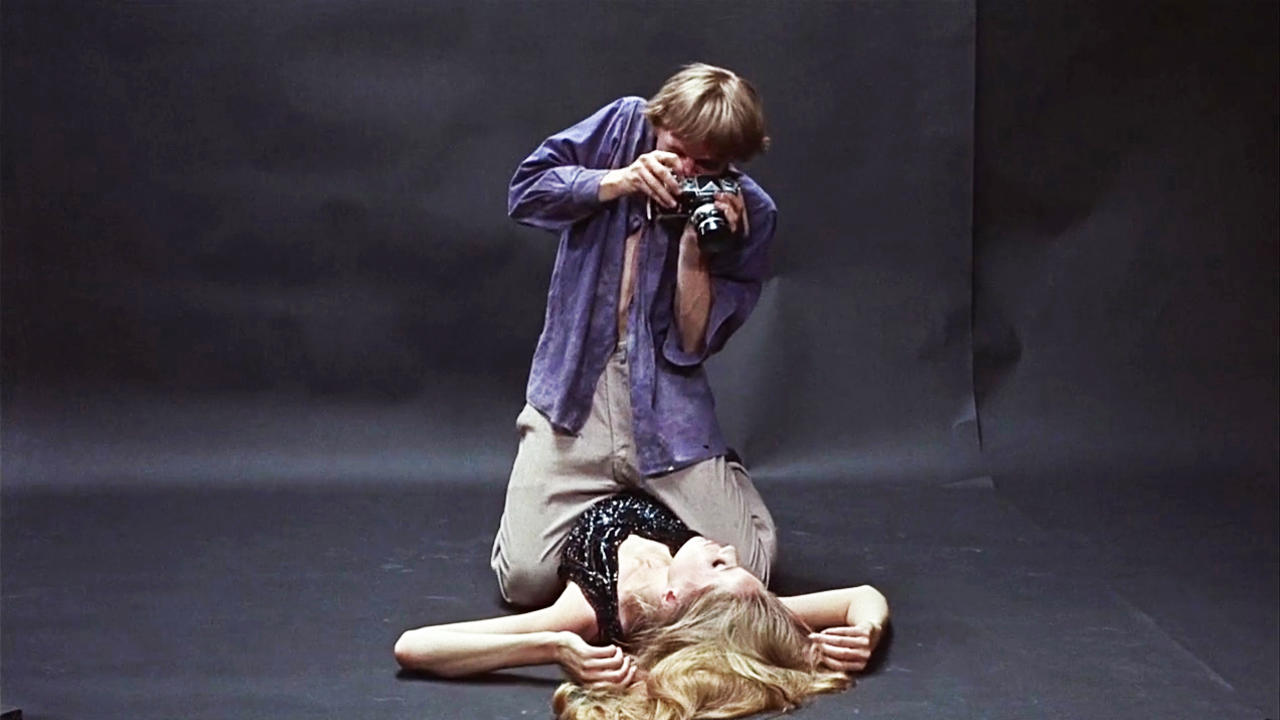 SOMEWHERE sophia coppola, director/screenwriter 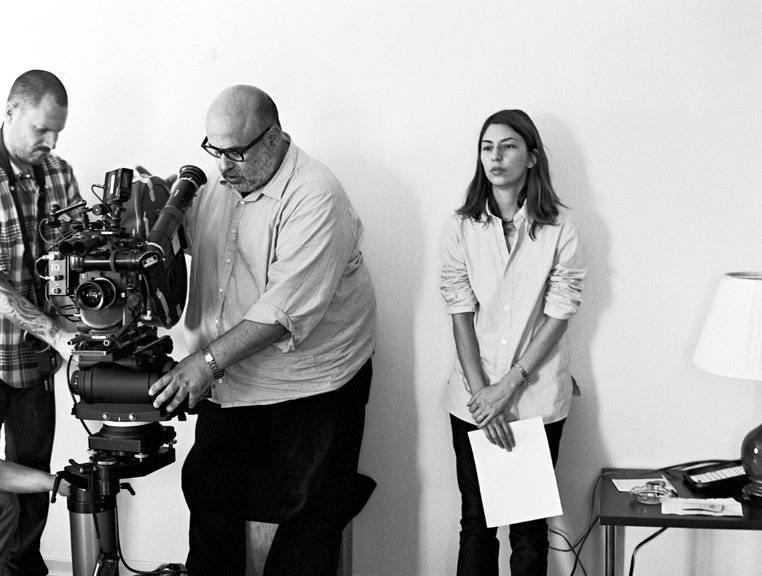 |
